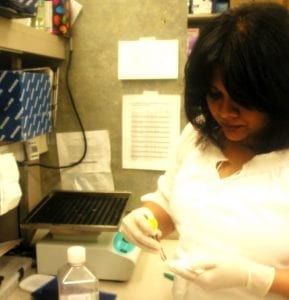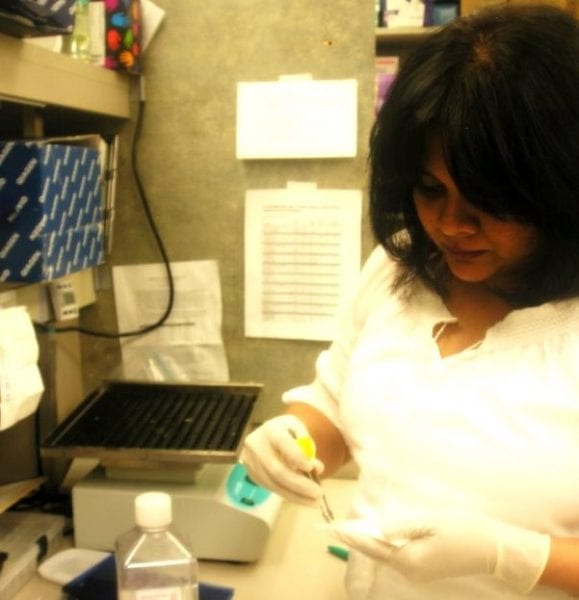When I started my PhD, I was pretty new to bench research, especially to biochemical assays. There is this time when you are so new to a field that rather than being cautious and tentative, a mixture of naivety and adrenaline gives you a sense of false confidence leading you to believe that your ideas and plans are invincible. You think you will remember everything and every assay will be a grand success. You dream of awards and publications in journals with soaring impact factors.
dream of awards and publications in journals with soaring impact factors.
Slowly you learn that color coding things in a hurry and assigning them to memory is not an effective way to organize data or samples or anything at all. So you come up with a plan—tubes and plates will be labeled with every possible detail. Then one day, someone adds detergent to the water-bath where your samples were incubating or sprays alcohol in the incubator where your plates are sitting and those detailed labels are gone.
You have a brilliant experiment in mind because the cynicism of lab research hasn’t gotten to you yet. So you plate cells, thaw tissue, start working and then half-way into the protocol realize that your lab does not have a chemical that you thought all labs did. “What?! What do you mean we don’t have 3-N,3-N,6-N,6-N-Tetramethylacridine-3,6-diamine!” you scream in panic and people roll their eyes at you. Your cells will not wait. They will grow over-confluent. You wish you’d had a nice grocery list of what needed to be ordered before you started. But most scientific articles have a tiny Materials & Methods section with 8 different references for each buffer and reagent used. Sigh. You must start over and have likely wasted a week.
Nobody actually tells you these things when you join the lab. No one tells you that 90% of the time you are troubleshooting, optimizing experiments, getting something to work when it theoretically should but just won’t. Nobody tells you those little tricks—the crucial but tiny details that you pay attention to from the very start when you plan your assay. And they don’t withhold information out of malice or just to watch you fail but because in science there is an assumption that everyone just learns these things as they move along the tricky terrain of bench research finding their own gimmicks and devices to circumvent problems. People develop personal shortcuts and modifications to optimize the protocols. Scientists tend to work solo, hunched at their own benches, or over the microscope, not really exchanging as much information as they should. Scientists are not the best communicators. Unless of course, they are publishing their findings. Which is why in Current Protocols we have our authors include sections that give you key details in the very beginning so you know what to start with, what to pay attention to, what mistakes you could make and how to fix something when it is not working and answering that million dollar questions: what might have gone wrong?
During my first editing assignment at Current Protocols, I was reviewing a protocol describing a modified, high-throughput version of a cell survival assay and it brought a smile to my face. Nostalgia. As I read it, I knew the exact areas where I might have, when I was fresh at the bench, forgotten to order a particular reagent or neglected a crucial parameter that needed attention right from the start. So as someone who spent more than 12 years at the bench, I recommend that as a novice researcher or even an experienced researcher who is new to a protocol, take a whole afternoon to read one of our protocols for a method you are about to begin, review your inventory using our reagents lists and prepare your bench and your chemical rack for the steps you will be carrying out, examine the problems you may run into during the assay, get a feel for the tools you will need to analyze your data and take a look at the various interpretations of your results that we have our authors describe.
And trust me, in the long run, that one well-spent afternoon will end up saving you a whole lot of time at the bench.
This article first appeared on LinkedIn. The original LinkedIn version of this article can be found here.

















